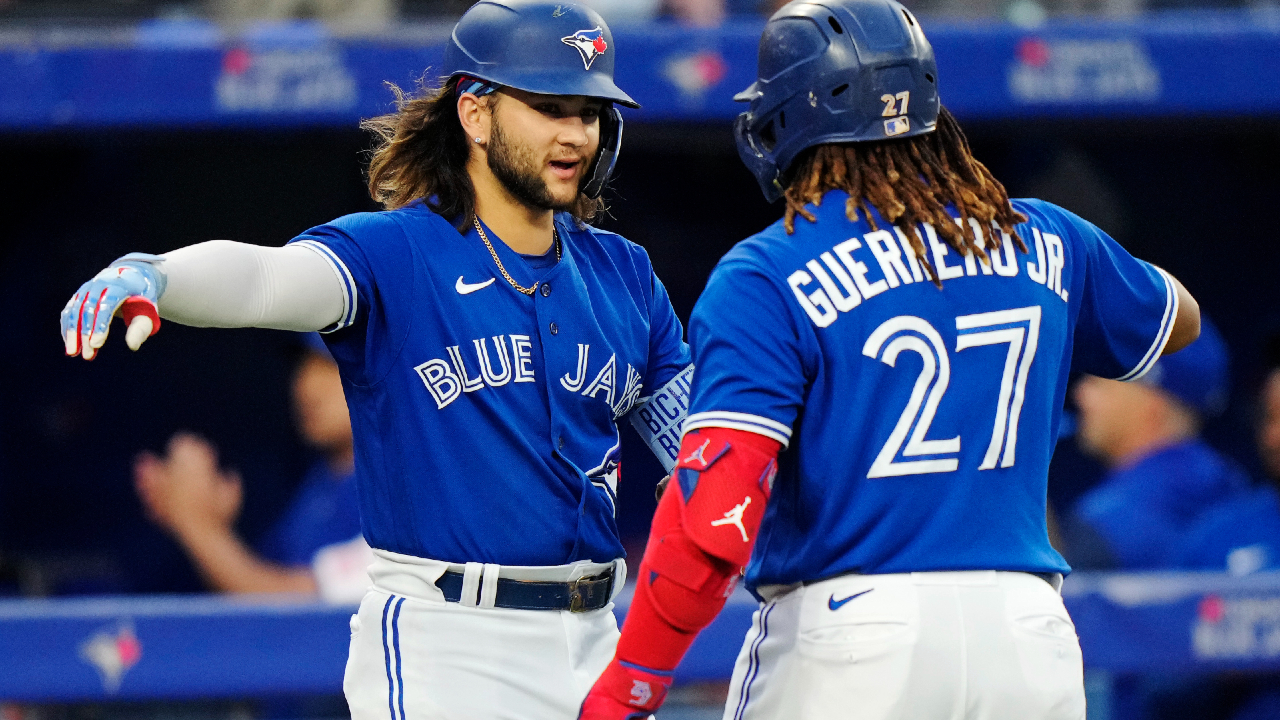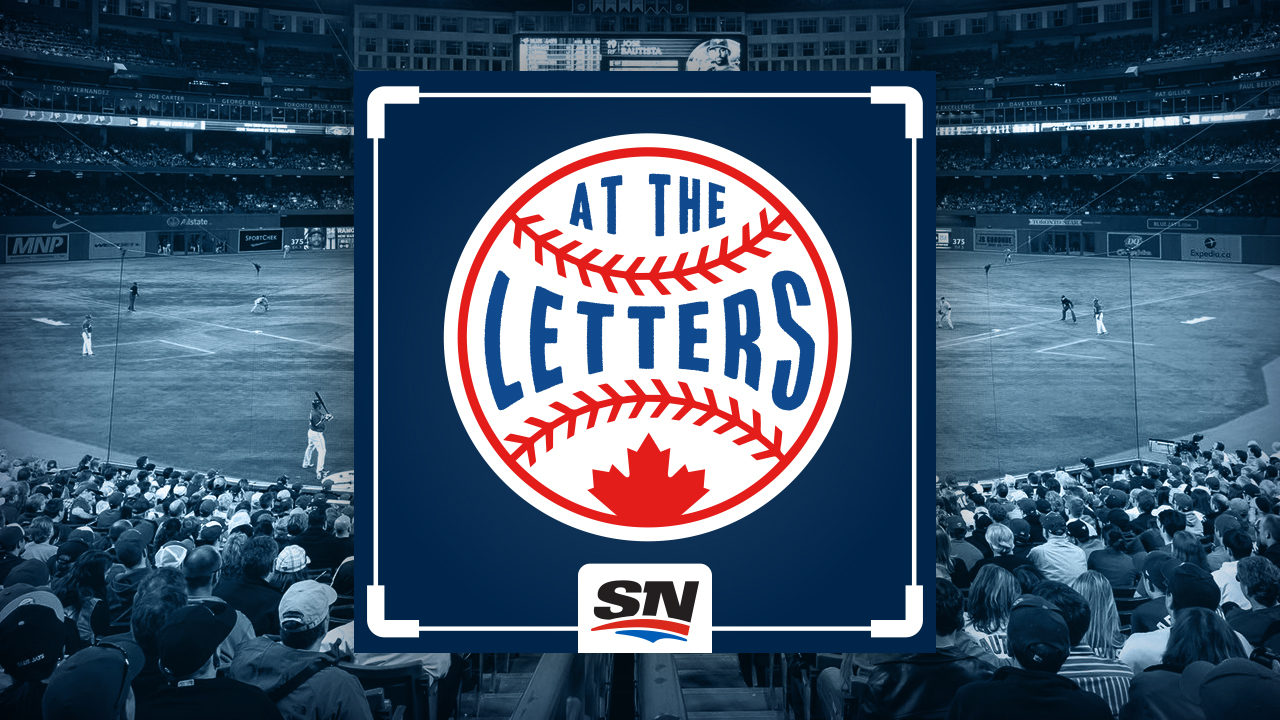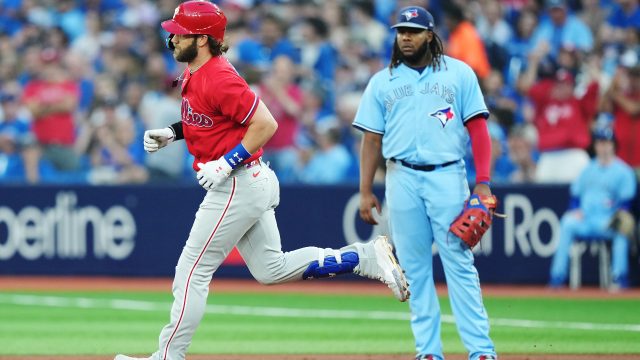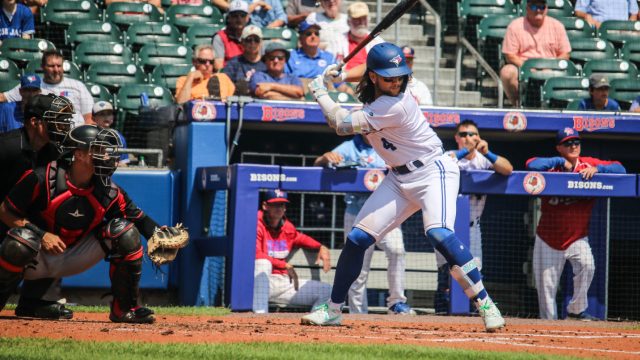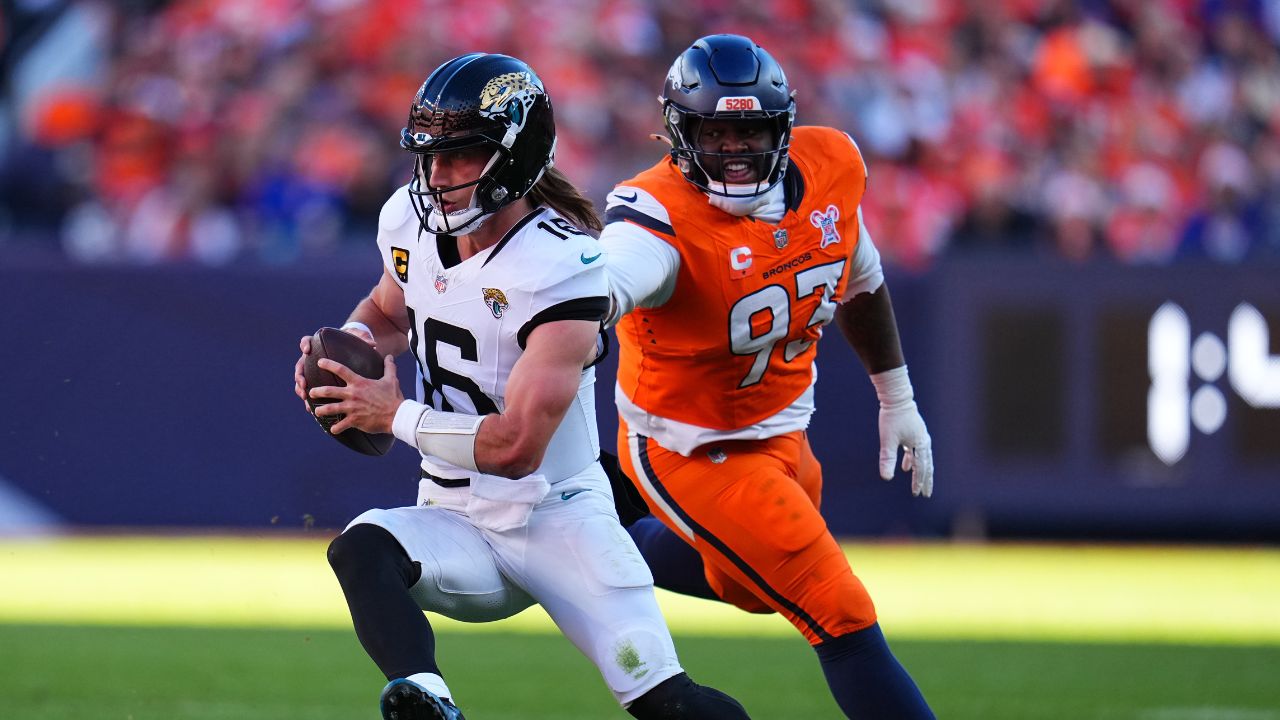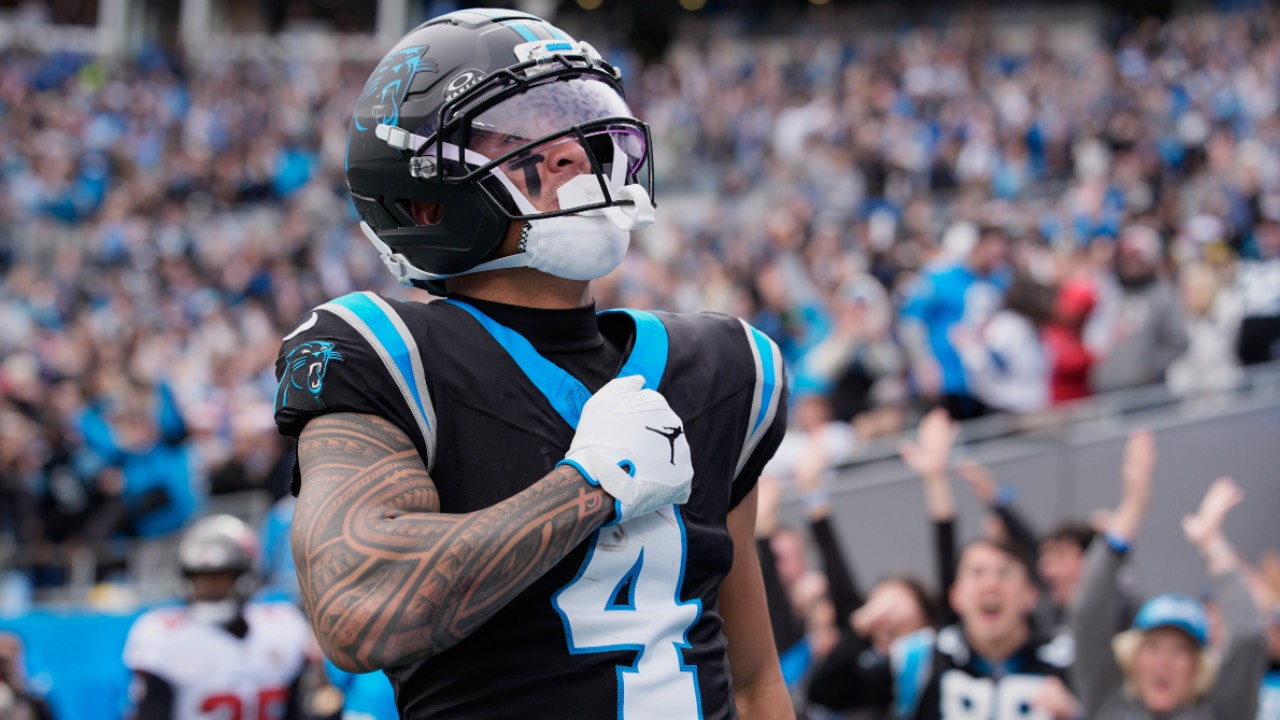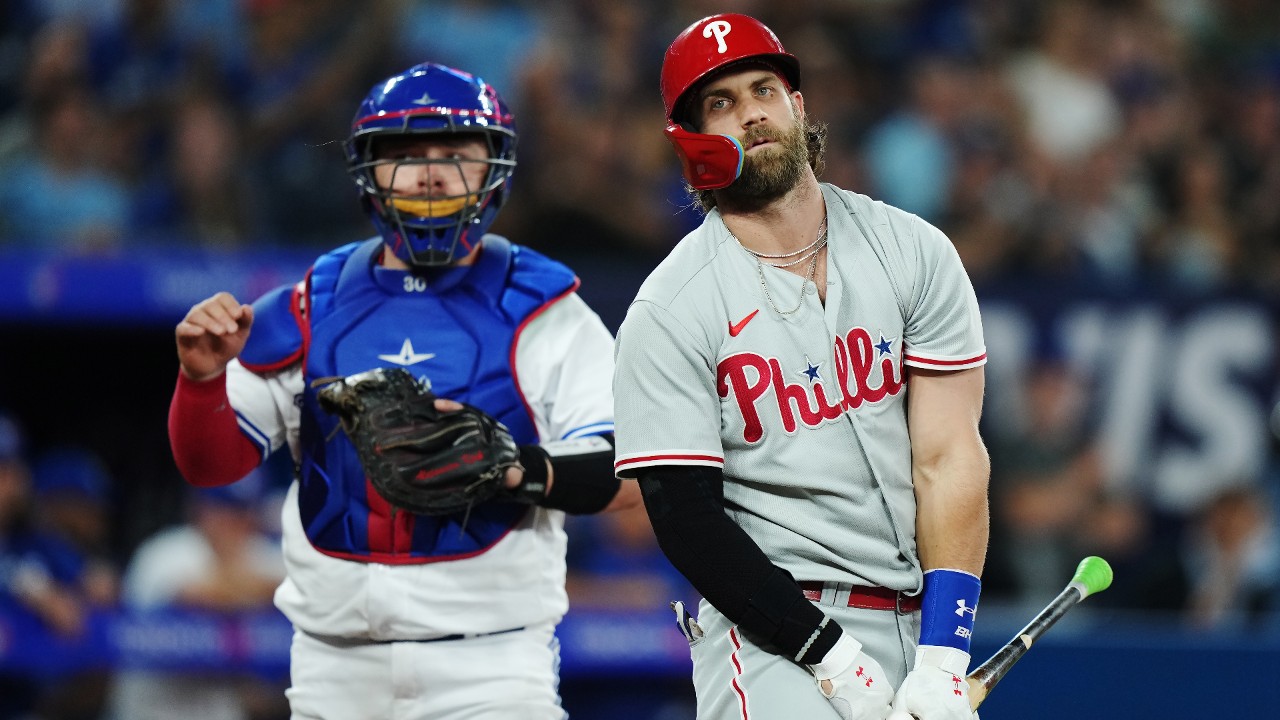
TORONTO — Since falling a season-high seven games below .500 at 25-32 following an 8-7 loss to the lowly Washington Nationals on June 2, the Philadelphia Phillies have the second-most wins in baseball. A 41-23 run has given them a firm hold of the National League’s top wild-card spot and after going to the World Series last fall with a lineup that features Bryce Harper, Trea Turner, Kyle Schwarber, J.T. Realmuto and Nick Castellanos, that’s hardly a surprise.
What is unexpected is that they’ve turned around their season thanks to a pitching staff whose ERA of 3.31 is the majors’ best over that span, not an offence that should mash but instead posted a very pedestrian wRC+ of 103, batting .256/.327/.430 during the same timeframe. If their bats were performing to career norms, the Phillies (66-55) might be alongside dominant Atlanta (78-42), rather than staring up at the team with the best record in the big leagues.
“We have 100 less home runs than the Braves — you just wouldn’t think that with our club,” says Phillies president of baseball operations Dave Dombrowski. “At some point, you have to hope that guys come alive and catch up and I think that they will.”
That refrain is similar to the one the Toronto Blue Jays have used all season long, too, and is why in some ways the interleague rivals are running on parallel tracks. Both of them expected far more than their imposing lineups have thus far provided and have spent countless hours trying to figure out how to help their hitters correct, a solution as of yet out of reach.
Adjustments to new rules, a higher floor on pitching big-league wide, approach in the box, pitch selection, trying to do too much — anything and everything has been put through the ringer and back in Philadelphia just as it has in Toronto.
“I have to say, in some ways, it’s hard for me to totally understand our year,” says Dombrowski. “I was talking to some of the Blue Jays people and they feel the same way about their club, that when you look at the names that we have, you don’t expect this. When you look at who we call our Big Five — Schwarber, Castellanos, Realmuto, Harper and Turner — they were 0-for-18 (Tuesday night). You’re just not going to win. I’m sure they’re the same way when their big guys don’t hit. It’s hard to win.”
In contrast, that fivesome went 7-for-20 with two homers from Harper, three doubles and four RBIs in Wednesday’s 9-4 win over the Blue Jays, underlining Dombrowski’s point and that danger lurks at each turn of the Phillies batting order.
Still, the ongoing hunt for consistent offence has raised the same discussions being had here on how to cover off gaps, whether to focus more on manufacturing offence rather than slugging it. Both clubs have sought to balance out their orders with more athleticism — the Phillies with Turner and Bryson Stott, the Blue Jays with Whit Merrifield, Kevin Kiermaier and Daulton Varsho — while still maintaining thump, “which really we haven’t done very well,” says Dombrowski.
“We were just talking a little bit about manufacturing runs, and it wouldn’t shock me if the game goes back a little bit more to that,” he continues. “But the one thing about manufacturing runs, it usually means you’re stealing more bases, you’re hitting and running and so you’re risking more outs on the basepaths. Today’s world tells you shouldn’t do that. It’s a fine line that you walk there in that regard. I’m not going to speak for the Blue Jays, but if you’ve got Vladimir Guerrero Jr., Brandon Belt, Bo Bichette, Matt Chapman, you’re not going to be hitting and running very much with those types of guys. You’re going to be hoping they hit the ball in the gap and I think overall they probably will. …
“We’ve got like five guys who can steal bases and steal them well and go first to third and all that. You still need some pop. It’s kind of amazing to me. We just really haven’t hit well enough with our big guys on a consistent basis.”
Dombrowski feels the new rules combined with increasing velocity might prompt teams to place a higher value on players who make contact more often, while “you need to be much more athletic than you used to be … you could get away with having heavy-legged middle infielders before, you can’t do that as much now.”
For the Phillies and Blue Jays, that isn’t the issue. They both appear well-built and well-suited for the current game, with a variety of tools needed for consistent production. Fangraphs’ playoff odds likes their chances of winning the World Series, placing them sixth and seventh in the majors, at 4.4 and 4.3 per cent. At this point, all they can do is trust that their offences will come around to help make it happen.
“It’s still there,” says Dombrowski. “It’s just that our guys aren’t quite having the years we anticipated having. Now there’s still time to do it. And I think that’s what we’re hoping and I’m sure that’s what they’re hoping, too.”
—
GET OUT THE WAY: Danny Jansen sat out both games against the Phillies this week after getting hit by pitches twice Sunday during an 11-4 win over the Chicago Cubs. He should be ready to go Friday at the Cincinnati Reds after Blue Jays manager John Schneider aimed to leverage the two off-days this week to build in some recovery for his catcher.
It’s been a particularly tough stretch for Jansen, who’s been hit on the hand or forearm five times in seven games from Aug. 2-13. He’s been hit eight times in 268 plate appearances overall this year, equal to his total over the past three seasons combined.
“I know teams are going to want to attack me inside — they’ve kind of done that the last two years, tried to get in on me,” says Jansen. “Knowing that I’ve been hit, I’m sore and battling some stuff with that, maybe I’ll back off the plate a little bit more for the time being. I’m just glad I turned away from the other ones and just got to start doing that a little bit more efficiently. It’s part of the game, unfortunately I’ve been wearing a couple off the hand and forearm. It’s tough.”
Pivotal for him Sunday was the hand guard he’s been wearing since a hit-by-pitch broke his hand a year ago. He doesn’t feel comfortable wearing an elbow guard, but given what’s transpired of late, he’s coming around on that, too.
“I’ve taken some off the elbow and the next day I’m wearing it, you know what I mean? Then a week goes by and I take it off and I’d rather just kind of get used to it like I did the hand guard,” he says. “The hand guard is a no-brainer for me. I had a plate and screw when that happened last year. That might have saved me a little bit but it still fractured my hand. The fact that I’m kind of in there, stick my nose in a little bit, I’ve got to have protection, at least on the hand. It was a little odd at first, but now it feels weird without it.”


